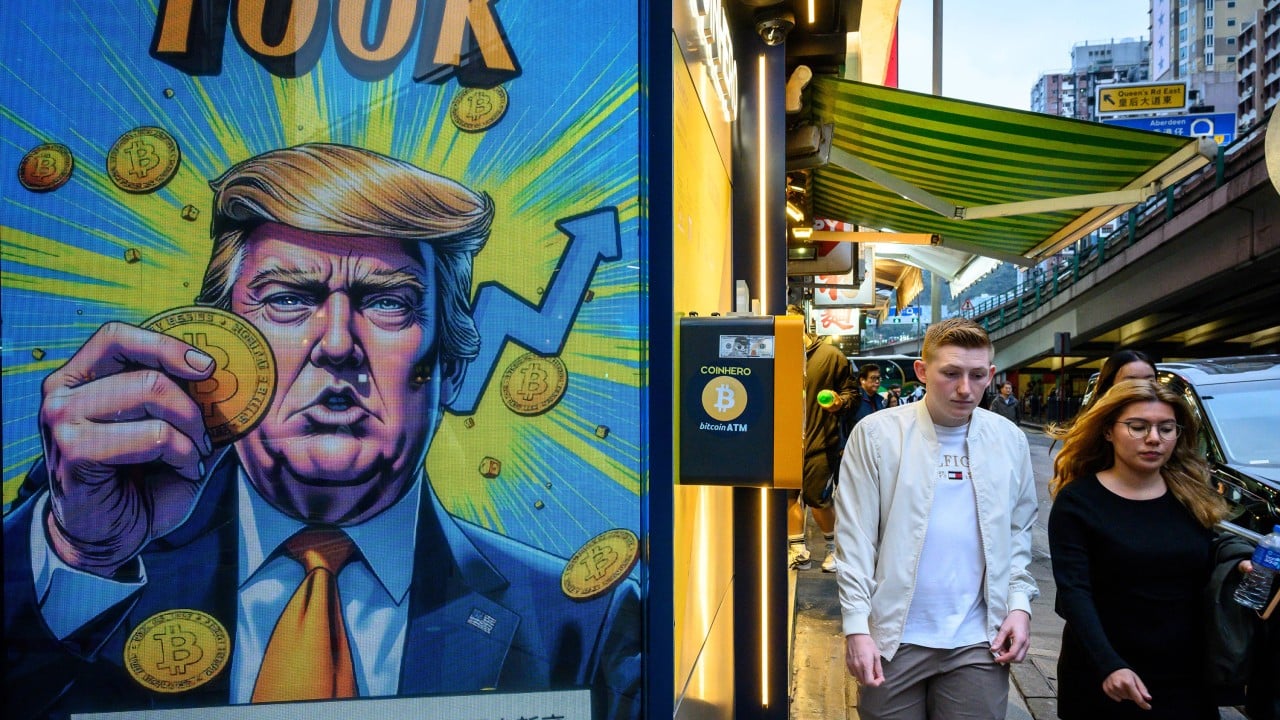Fledgling artificial intelligence (AI) models, the opacity of shadow banking and the euphoria over cryptocurrency are new fault lines in global finance, emerging as dangers that are more dispersed and harder to contain than those of the last crisis.
Advertisement
Without coordinated action, we risk stumbling into another systemic breakdown, one that no financial institution or government can resolve alone. Yet, world leaders, overwhelmed by tariff flare-ups and escalating wars, are unlikely to champion needed changes, especially while investors are complacent and the economy stays resilient. They face a dilemma: crying wolf too often erodes credibility; crying too late invites catastrophe.
AI, purporting to optimise efficiencies and mitigate risks, could usher in the next Lehman moment. The problems originate from how algorithms collect and analyse data before executing solutions, argues London School of Economics professor Jon Danielsson.
Large-language models generally rely on similar data, signals and optimisation logic. There’s a collusion effect. Feedback loops heighten the risks of synchronised and repetitive errors at frenzied speeds.
Another concern is position bias, a phenomenon whereby AI overemphasises information at the beginning and end of a text, which Massachusetts Institute of Technology researchers recently uncovered. Data can be invariably conflicting, error-ridden, imprecise, cluttered and ambiguous. Even if gaps are filled, applicability is limited since each event’s causes and complexities are unique.
Advertisement
“AI’s ability to respond swiftly and decisively – combined with its opaque decision-making process, collusion with other engines, and the propensity for hallucination – is at the core of the stability risks arising from it,” Danielsson writes. He warns that “AI crises will be fast and vicious”.

